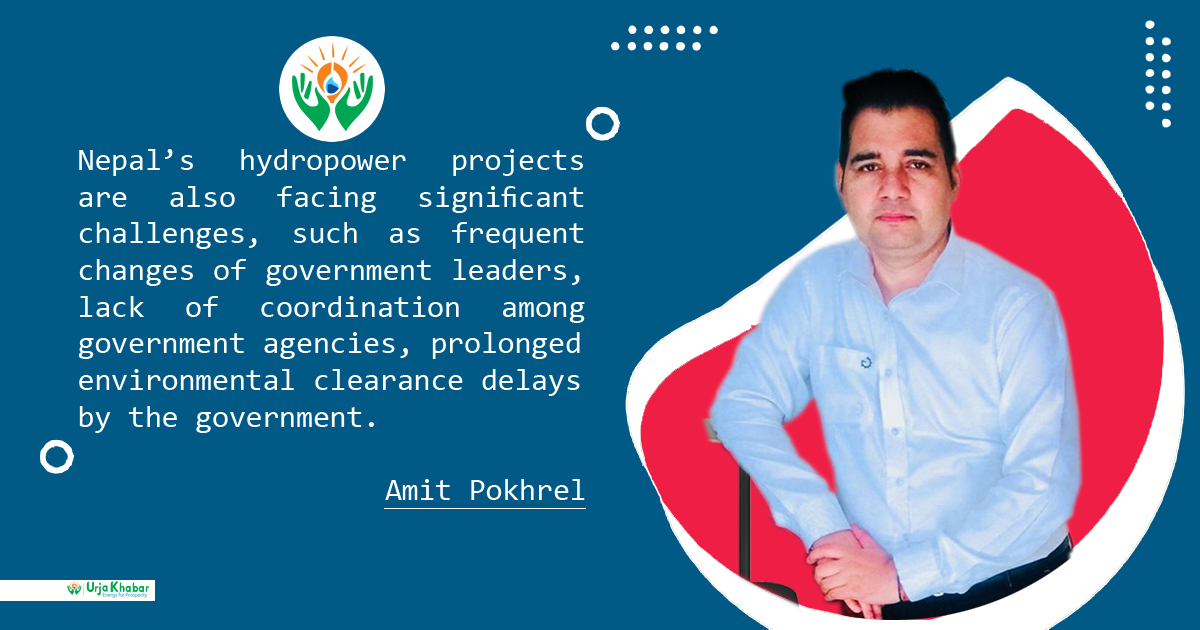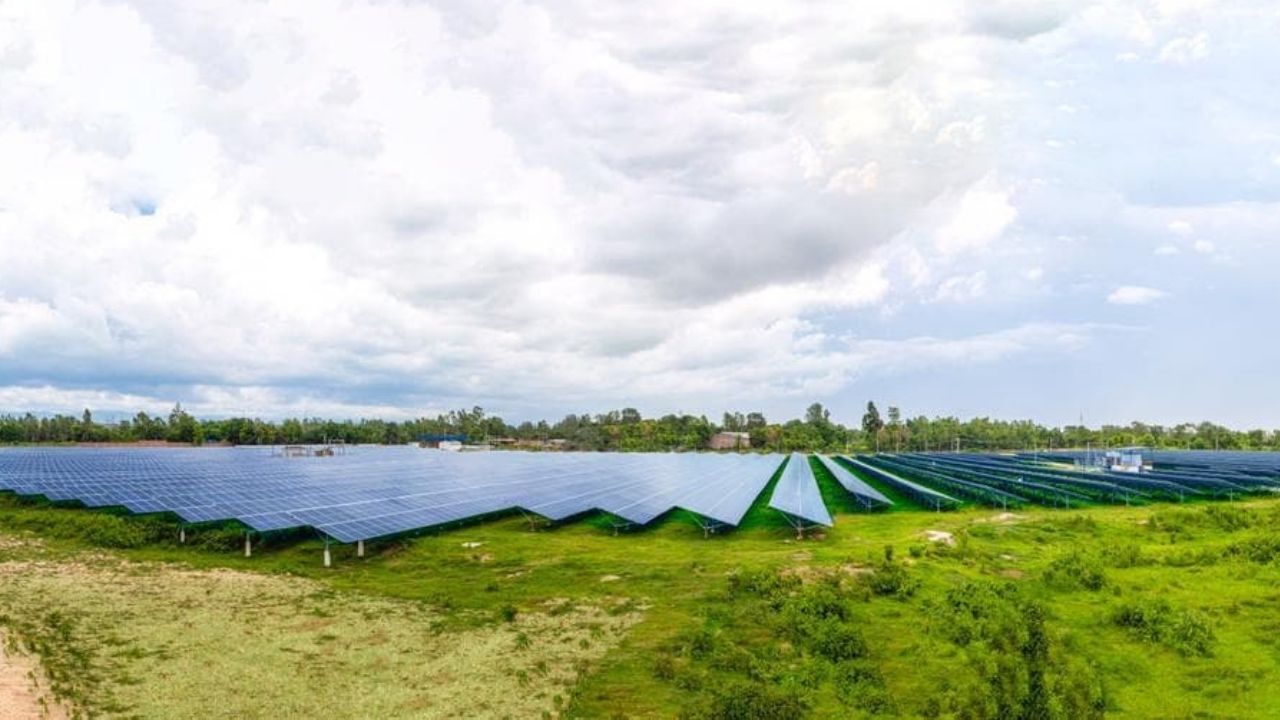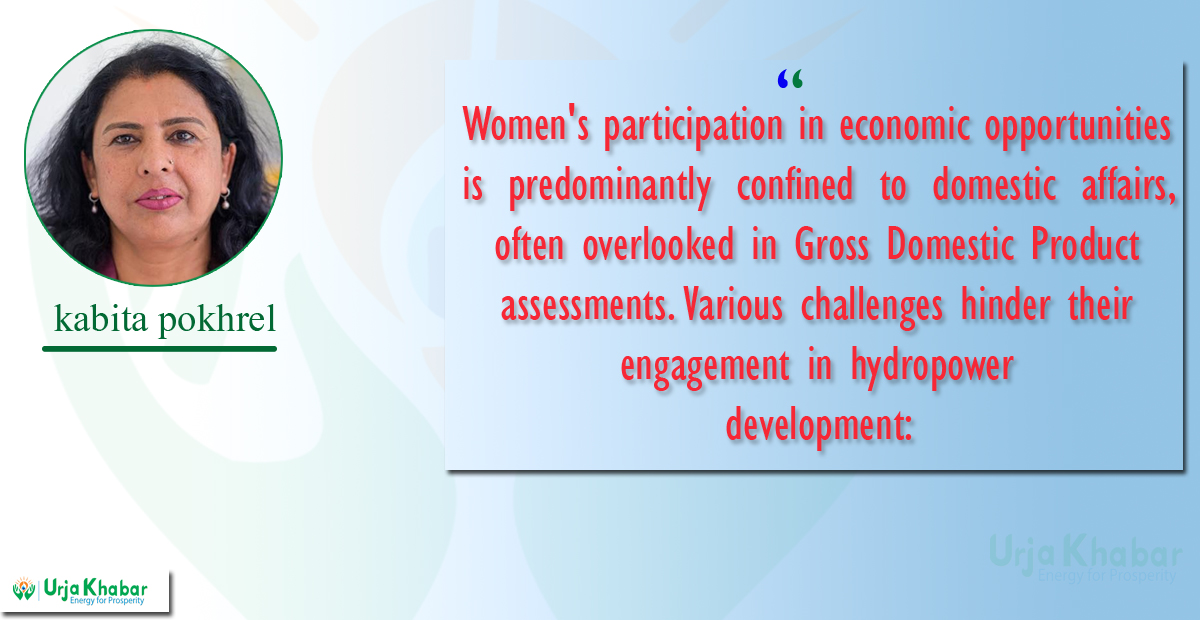Energy Update
Sustainable Energy for Nepal: Solar-Driven Green Hydrogen

In recent years, the world has seen a growing interest in renewable energy sources as a solution to combat climate change and reduce dependency on fossil fuels. Nepal, a country rich in hydropower potential, has the opportunity to embrace solar-driven green hydrogen generation and storage as an innovative strategy for sustaining energy development. Nepal is a country that heavily relies on imported fossil fuels for its energy needs. With its abundant sunlight and water resources, the country has the potential to shift towards renewable energy sources such as solar and hydropower. However, the intermittent nature of these sources poses a challenge for meeting the energy demand consistently.
One innovative solution to address this challenge is solar-driven green hydrogen generation. This process involves using solar energy to power electrolysis, which splits water molecules into hydrogen and oxygen. The hydrogen can then be used as a clean fuel for transportation, heating, and industrial processes.

By utilizing solar energy to produce hydrogen, Nepal can reduce its dependency on imported fossil fuels and lower greenhouse gas emissions. Green hydrogen is a versatile energy carrier that can be stored and transported easily, offering a reliable and sustainable alternative to conventional fuels.
One of the key advantages of green hydrogen is its ability to be stored for long periods, making it a valuable resource for energy security. However, storing hydrogen can be challenging due to its low density and high flammability. In Nepal, the implementation of innovative storage solutions such as underground salt caverns or metal hydrides can help overcome these challenges and ensure a reliable energy supply.

Investing in solar-driven green hydrogen generation and storage can bring significant economic benefits to Nepal. By developing a domestic green hydrogen industry, the country can create new job opportunities, attract investment, and reduce its trade deficit. Additionally, utilizing green hydrogen as a clean fuel can enhance energy security and resilience against external shocks in the global energy market.
To fully realize the potential of solar-driven green hydrogen in Nepal, strong policy support and international collaborations are essential. Government incentives, regulations, and funding mechanisms can promote the adoption of green hydrogen technologies and accelerate their deployment across the country. Furthermore, partnerships with international organizations and research institutions can bring expertise and resources to drive innovation and capacity building in the green hydrogen sector.
In conclusion, solar-driven green hydrogen generation and storage offer a promising solution for sustaining energy development in Nepal. By harnessing the country's abundant solar and hydropower resources, Nepal can transition towards a clean and sustainable energy future. With the right policies, investments, and collaborations, green hydrogen can play a crucial role in reducing carbon emissions, enhancing energy security, and driving economic growth in Nepal.
The Author of this article works as a Senior Contract Specialist and Project Expert in the Energy Business of Verticals of Golyan Group, Kathmandu, Nepal
Conversation
- Info. Dept. Reg. No. : 254/073/74
- Telephone : +977-1-5321303
- Email : [email protected]














